Why is gender an important part of agricultural research projects
In smallholder research projects it is common to use “household typologies” to look at the impact of different interventions. The problem with this is that the household is treated as a single unit where the adults have equal control over resources (i.e. land, credit) and decision-making power and it is assumed that the impact of any change (positive or negative) is evenly distributed within the household.
As a general rule, this isn’t the case!
Therefore instead of looking “at” households, researchers need to look “inside” them and engage with both men and women if they want to make an impact at both the farm and household level.
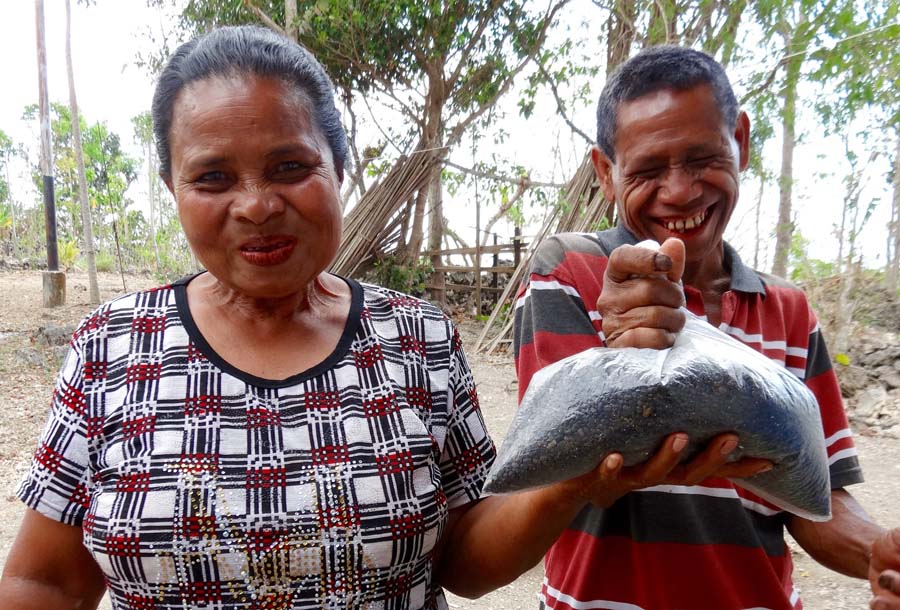
The roles of men and women are different
Women are more constrained
Women commonly face more constraints than men including limited access to land, finance, markets, inputs and information. Labour is also a major constraint as women not only work on the farm but are also responsible for children, household nutrition and community management. Therefore, researchers must consider women’s labour requirements if they are to have a positive impact at the household level.
Men and women innovate differently
Men and women have different priorities and motivations and make changes for different reasons – these reasons can even differ for one specific technology. Understanding the different roles of men and women in a community will help explain why farms might (or night not!) make the changes you’re researching and the support they need to make these changes.
The roles of men and women are context-specific
Understanding the role of men and women in your specific area is essential. For example, in West Timor most communities are patriarchal (men inherit land) but one area is matriarchal (women inherit land), so the role of men and women in these communities will differ significantly. Even within a community, multiple cultural or language groups may exist, with large differences in agricultural practices, dietary patterns and gender roles.
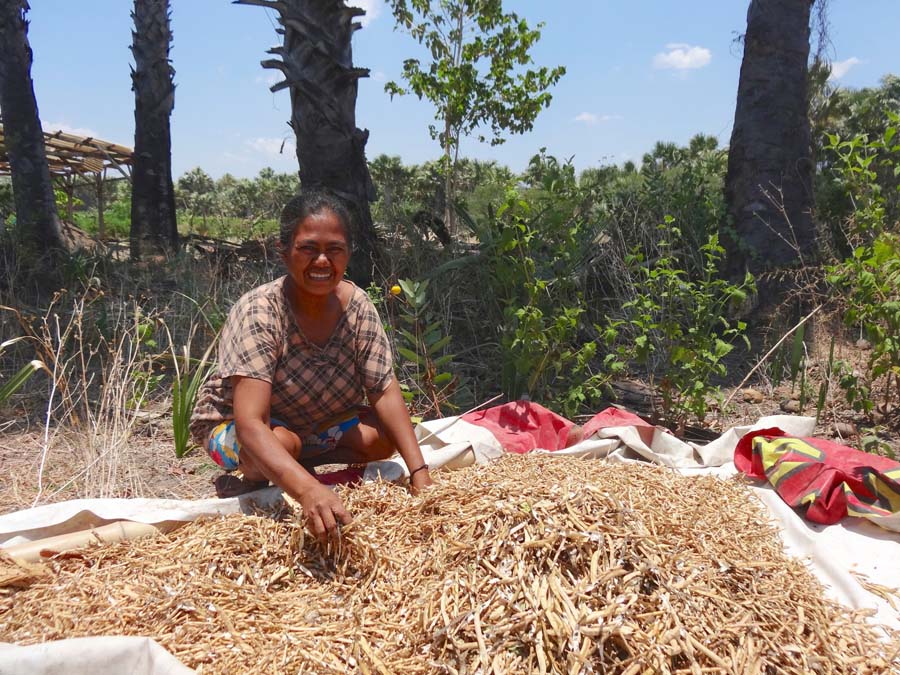
10 practical tips for involving both men and women in research activities
1. Consider who owns, manages and benefits from the crop or livestock in question
The specific crop or livestock species being researched will affect who benefits from the project. Consider who has access and control over the assets for this enterprise and who is doing all the work. Remember that the person who does the work isn’t always the one who benefits!
2. Seek input from both male and female farmers
Hold focus groups with men and women separately; this encourages productive and useful discussion, as people are more likely to speak openly when other participants may share their views. Importantly, use female facilitators for women’s focus groups and male facilitators for men’s groups.
For questionnaires, think about who to target. Data on some topics, such as food and healthcare, might be best collected from women. In other cases, an effort should be made to target men and women equally.
3. Cater for all languages and literacy levels
Women are often less educated, so they may struggle with approaches that require literacy or numeracy. In such cases, symbols, images and weighted scoring activities can include all participants regardless of education level. Language can also constrain communication, so ensure that staff speak the local language as the country’s official language may not be spoken by all participants.
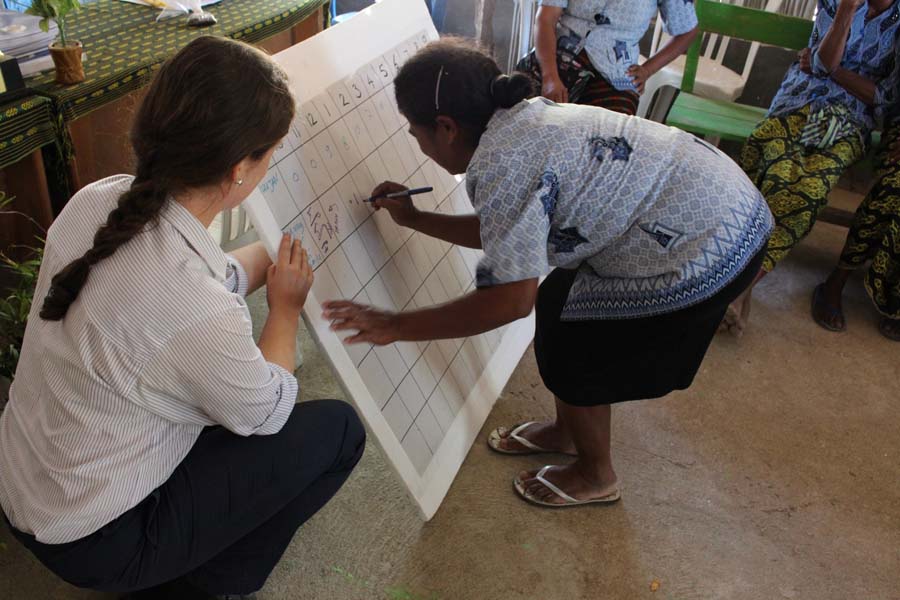
4. Run your activities when male and female farmers are least busy
Seasonal and daily activities may hamper the involvement of men and women differently. Seasonally, women are often responsible for planting crops, so it is difficult to engage effectively with female farmers in the planting season. On a daily basis men and women also have different responsibilities. Time you activities appropriately, for example in Indonesia we met men in the morning while the women were busy cooking lunch and then met with women after lunch when they were free.
5. Communicate information in a range of ways
Men and women have different social networks and often receive information from different sources. In addition, they often fail share information with their spouse; so don’t assume that information given to men will be transferred to women and vice-versa! Deliver extension material through a range of different formats that will reach both men and women.
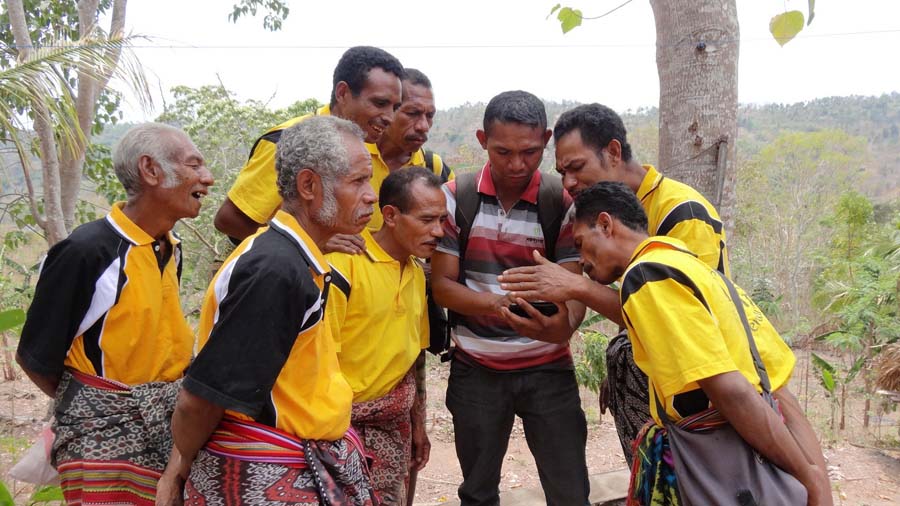
6. Make the most of social structures and networks
Community-based women’s groups can be an ideal way of reaching a strong network of motivated women, who will be able to build support among their peers and help with community mobilisation. If you’re having difficulty reaching out to women, consider broadening the scope of your activities. A dairy project in Pakistan had success in connecting with women by running cooking competitions and by working with a local health worker.
7. Recruit local women to community-based roles within the project
For community-based roles, insist on even representation of men and women. For example, in African villages men and women have been recruited to work as chicken vaccinators, with local leaders asked to nominate both men and women for these positions. This sends a strong message to leaders and the broader community that the project is serious about gender equality.
8. Facilitate women’s involvement in training activities and meetings
Select venues close to women’s homes and provide appropriate breaks to make participation easier for breastfeeding women and mothers of young children. For example, poultry vaccinator training programs in Africa and Timor Leste are conducted in three “half-day” sessions to help both men and women attend.
9. Employ women at all levels in the project
Employing young women in their final year of university or recent graduates can help to build capacity and increase the number of women available to work on current and future projects. These women are often then well suited to being employed by NGOs and government organisations, or to go onto further study.
Where suitable candidates are available, employ women in senior management positions or positions of leadership. Provide flexible employment conditions and support where possible, remembering that these women may also have young families and may find it difficult to commit to long periods of fieldwork.
10. Include gender mainstreaming in the project plan
Consider gender issues right from the start. During project planning develop a strategy for engaging with both men and women, evaluate it on a regular basis and make changes where required. Involving a gender specialist can also help to ensure that relevant issues are considered at all stages of the project.At this stage, think about how you might monitor and evaluate your efforts. For example, when you record the number of farmers attending a training, will you disaggregate the data by gender?
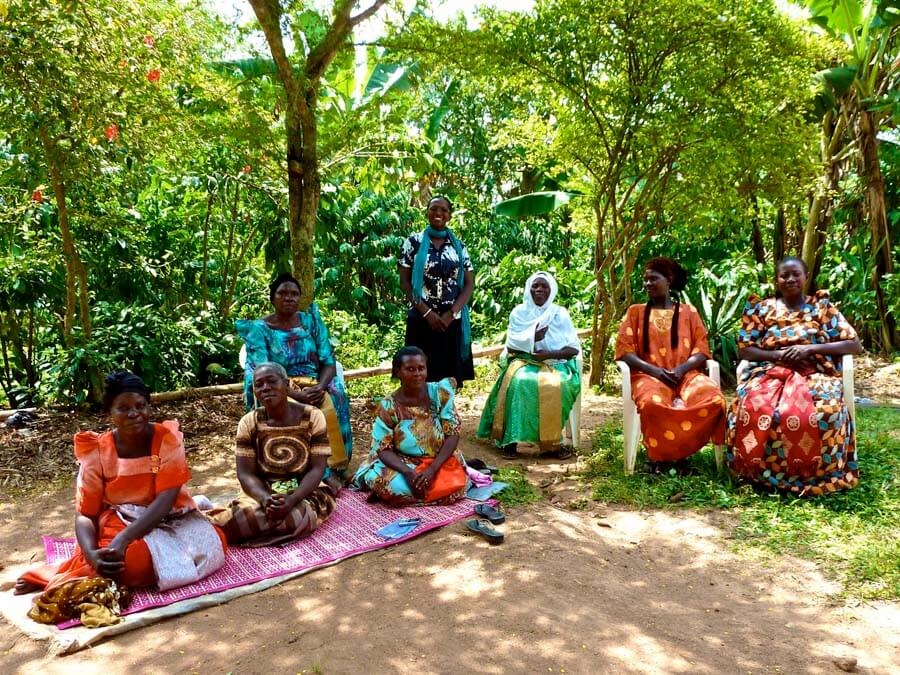
Useful resources
Twitter: #genderinag for a weekly newsletter from CGIAR Gender and Agriculture Research Network
Blog: “Takeaways from twenty years of gender and rural development research at IFPRI: Household decision making and women’s control over resources” https://www.ifpri.org/blog/takeaways-twenty-years-gender-and-rural-development-research-ifpri
Book: Moser, Caroline. (1994). Gender roles, the family and the household Gender planning and development. London: Routledge.
Contributors
Thank you to Julia de Bruyn and David McGill for their valuable input.


